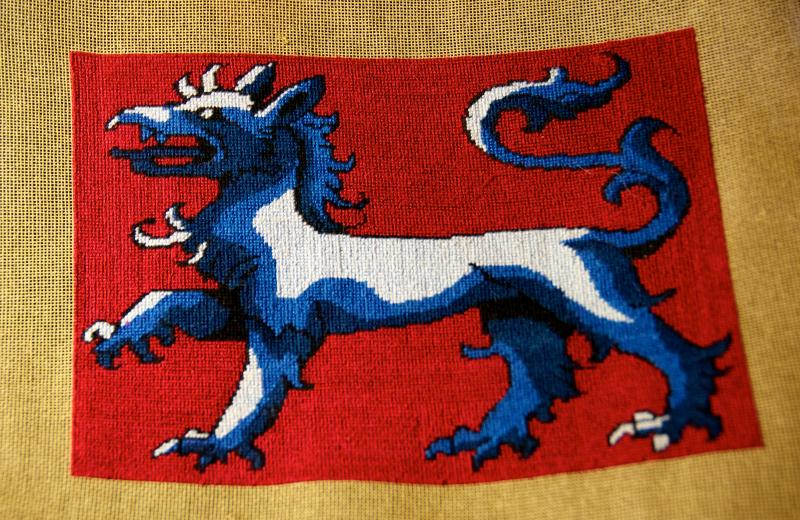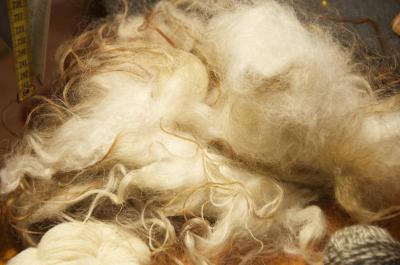Modern to medieval: Scientist explores ancient crafts
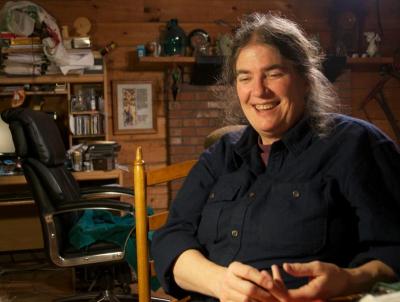
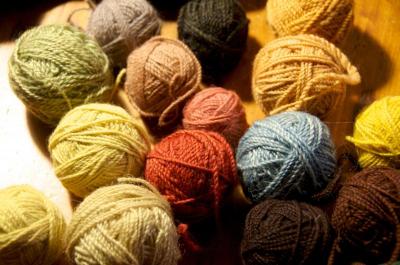
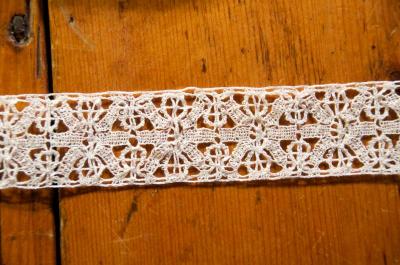
Tanya Sanders is living a double life. By day, she’s a research scientist at Brown University, studying the effects of nicotine on the brain. But by night, Sanders is a card-carrying medievalist.
“When I’m not doing that ultramodern stuff, I’m here spinning my own yarn,” said Sanders.
The Rochester resident discovered medieval culture and crafts when her eldest son became interested in archery.
“I discovered very early on that watching archery is very boring,” said Sanders, who decided to pick up a bow and arrow herself.
At an archery competition, she met a medieval group decked out in renaissance garb and decided to learn more.
“After I got into doing that, you start to learn all these forgotten crafts. Everybody does knitting, crocheting, cross-stitching, but you hardly ever hear of anyone making bobbin lace,” she said.
Sanders joined the Society for Creative Anachronism, an international organization focused on pre-17th century crafts. In the past 15 years, she’s tried her hand at making glass beads, naal binding – which she described as Viking “pre-knitting,” and hand spinning and dyeing her own yarn.
The latter is something she hopes to use to make her own tapestries one day. She is currently experimenting with wool from ancient breeds of sheep. She is also learning to dye her small skeins of yarn with natural ingredients such as black walnut, goldenrod, and indigo.
Sanders appreciates the attention to detail and time it takes to master these centuries old skills.
“It seems like so many projects people do these days, if it takes more than a week to do, then they don’t want to do it,” she said. “Some of these things take more than a year to make.”
Another such project of Sanders’ is an elaborate smock, which will have yards of handmade lace when it is completed.
“I started wanting to learn how to make the clothing, but you have to learn to embroider, and then you need to know how to make the lace,” Sanders explained.
For some types of lace Sanders makes, it can take two hours to create only an inch of the delicate fabric. But Sanders doesn’t mind. Along with lace, she said, “Even when I was young, I always wanted to do embroidery. It’s not easy to find a group where you can do a lot of different things like this.”
Sanders said she spends many weekends with the Society for Creative Anachronism, learning the crafts as well as playing in a medieval recorder group called Fractic Mode while her husband David plays golf.
“He’s sort of grounded a little more than I am.”



